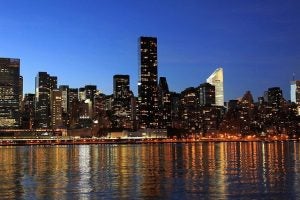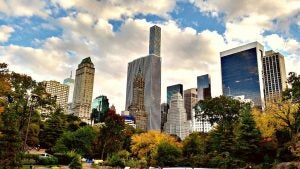 How do we compensate those who add clean electricity to our shared power grid? This fundamental question has affected the rate at which the U.S. has adopted, deployed, and put into use clean, distributed energy resources such as energy efficiency, batteries, electric vehicles, and rooftop and community solar.
How do we compensate those who add clean electricity to our shared power grid? This fundamental question has affected the rate at which the U.S. has adopted, deployed, and put into use clean, distributed energy resources such as energy efficiency, batteries, electric vehicles, and rooftop and community solar.
At the core of our new distributed energy electricity system are resources that work better during specific times and weather conditions, and thereby have more value at some moments than others. So, it’s crucial to take time and location into account to properly identify the value of these clean energy resources and how they should be fairly compensated. Solving for price can spur much needed investment in renewable resources and lower the cost of clean energy development, while reducing emissions.
Last week, the New York Public Service Commission (PSC) brought us a step closer to figuring how to fairly compensate distributed energy by issuing a long-awaited order to establish an interim pricing structure that encourages the evolution of distributed energy markets and better aligns with Reforming the Energy Vision (REV), the state’s initiative to build a cleaner, more efficient, and customer-centric electric system. Read More










 “What happened to oil in the late 1970s?” was a question assigned to me in elementary school to discuss with family over the Christmas holiday break. At the time, this question seemed innocent enough, and I didn’t know how my family would react about what I soon learned to be two oil embargos. Turns out when I brought it up one night, extended family members held a broad spectrum of views on the issue, and the question led to one of the most heated dinner arguments I can recall – until this year, at least. This holiday, family discussions focused on the presidential election. Fierce conversation ensued on standout topics. But, to my dismay, energy and the environment were just an afterthought.
“What happened to oil in the late 1970s?” was a question assigned to me in elementary school to discuss with family over the Christmas holiday break. At the time, this question seemed innocent enough, and I didn’t know how my family would react about what I soon learned to be two oil embargos. Turns out when I brought it up one night, extended family members held a broad spectrum of views on the issue, and the question led to one of the most heated dinner arguments I can recall – until this year, at least. This holiday, family discussions focused on the presidential election. Fierce conversation ensued on standout topics. But, to my dismay, energy and the environment were just an afterthought. For New Yorkers wanting more clean, distributed energy, the recent Con Edison rate case offers some good news.
For New Yorkers wanting more clean, distributed energy, the recent Con Edison rate case offers some good news.